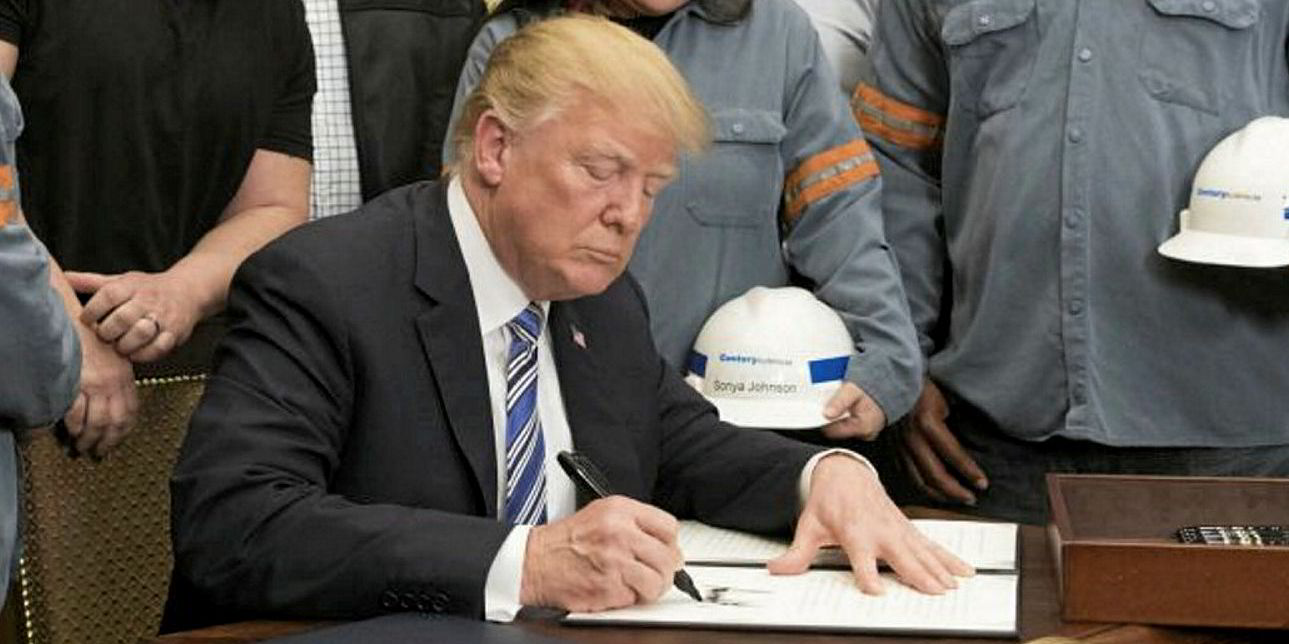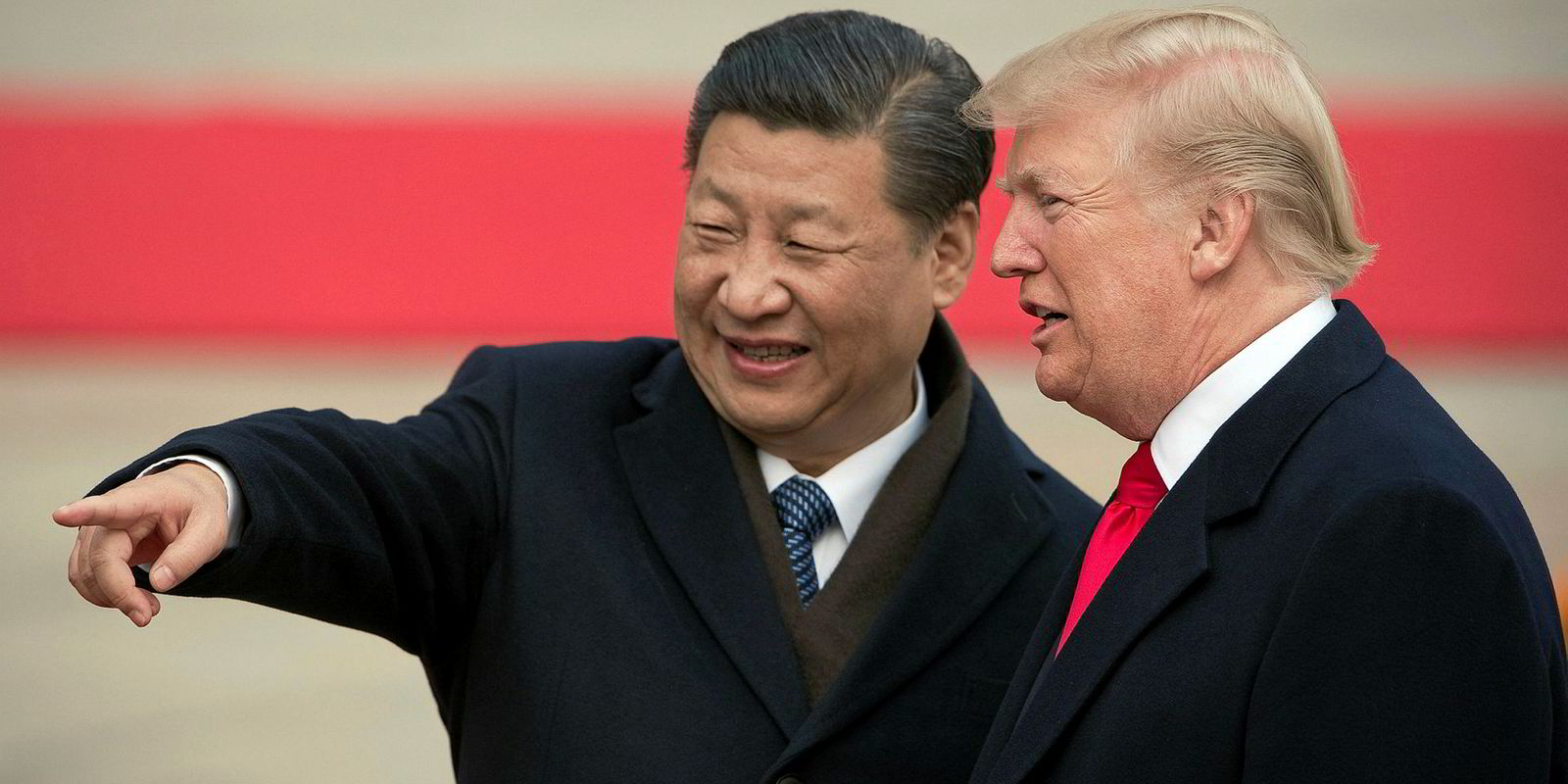There will be no boost for tankers after the US suspended its plan to impose a 5% tariff on all Mexican imports from Monday.
President Donald Trump claimed to have secured an immigration deal that can better protect its border.
With the buoyant energy trade between the two countries, some industry officials pointed out the tension could have lifted tonne-mile demand for crude, product and gas carriers.
“Mexico…has agreed to take strong measures to stem the tide of migration through Mexico, and to our southern border,” Trump tweeted.
“They will be very cooperative and want to get the job properly done.”
Based on Washington’s original proposal, the tariff would be increased from an initial 5% to 15% on 1 August, 20% on 1 September and 25% on 1 October if Mexico cannot stop illegal immigrants from entering the US.
In 2018, bilateral trade in goods and services amounted to $678bn between the two countries, which share a 2,000-mile border.
The US is the largest buyer of Mexican crude, with government data showing average import volumes generally above 600,000 barrels per day in recent years.
“The potential for a US tariff on Mexico could have the effect of increasing crude tanker demand based on the distances US refineries will have to go to get heavy crude, especially now that Venezuela is not an option,” Stifel said.
Moreover, analysts suggested Mexico may seek to sell more crude to Asia while importing more gas and refined products from farther afield if that tariff was to be implemented, creating more demand for large-sized vessels.
Mexico is the largest export market for US refined petroleum products and natural gas.
The US exported 189 million barrels of gasoline, 109 million barrels of distillates, 51.1 million barrels of LPG, and 183 billion cubic feet of LNG to Mexico in 2018, data from the Energy Information Administration showed.





